Microsoft’s Windows operating system was first introduced in 1985. Over 29 years later a lot has changed, but what things have stayed the same?
Microsoft Windows has seen nine significant renditions since its first delivery in 1985. North of 29 years after the fact, Windows looks totally different yet some way or another acquainted with components that have endure everyday hardship, expansions in processing power and – most as of late – a shift from the console and mouse to the touchscreen.
Here is a concise glance at the historical backdrop of Windows, from its introduction to the world on account of Bill Gates with Windows 1 to the most recent appearance under new Microsoft CEO Satya Nadella.
Microsoft Windows Operating Systems for PCs
The accompanying subtleties the historical backdrop of MS-DOS and Windows working frameworks intended for (PCs).
MS-DOS – Microsoft Disk Operating System (1981)

Initially created by Microsoft for IBM, MS-DOS was the standard working framework for IBM-viable PCs. The underlying variants of DOS were exceptionally basic and looked like another working framework called CP/M. Resulting variants have become progressively complex as they consolidated elements of minicomputer working frameworks.
Windows 1

This is the place where everything began for Windows. The first Windows 1 was delivered in November 1985 and was Microsoft’s first obvious endeavor at a graphical UI in 16-cycle.
Promotion
Improvement was initiated by Microsoft originator Bill Gates and ran on top of MS-DOS, which depended on order line input.
It was outstanding in light of the fact that it depended vigorously on utilization of a mouse before the mouse was a typical PC input gadget. To assist clients with getting comfortable with this odd info framework, Microsoft incorporated a game, Reversi (apparent in the screen capture) that depended on mouse control, not the console, to get individuals used to moving the mouse around and clicking onscreen components.
Windows 2
Two years after the arrival of Windows 1, Microsoft’s Windows 2 supplanted it in December 1987. The enormous advancement for Windows 2 was that windows could cover one another, and it likewise acquainted the capacity with limit or expand windows as opposed to “iconising” or “zooming”.

The control board, where different framework settings and design choices were gathered together in one spot, was presented in Windows 2 and makes due right up ’til today.
Promotion
Microsoft Word and Excel likewise showed up running on Windows 2.
Windows 3

Windows 3.0 got bright.
The main Windows that necessary a hard drive sent off in 1990. Windows 3 was the principal rendition to see more boundless achievement and be viewed as a challenger to Apple’s Macintosh and the Commodore Amiga graphical UIs, coming pre-introduced on PCs from PC-viable producers including Zenith Data Systems.
Windows 3 acquainted the capacity with run MS-DOS programs in windows, which brought performing multiple tasks to heritage programs, and upheld 256 shadings bringing a more present day, bright look to the connection point.
More significant – essentially to the aggregate of human time squandered – it presented the card-moving timesink (and mouse use mentor) Solitaire.
Windows 3.1

Windows 1 and 2 both had point discharge refreshes, however Windows 3.1 delivered in 1992 is remarkable on the grounds that it presented TrueType text styles making Windows a suitable distributing stage interestingly.
Minesweeper additionally showed up. Windows 3.1 required 1MB of RAM to run and permitted upheld MS-DOS projects to be controlled with a mouse interestingly. Windows 3.1 was additionally the main Windows to be dispersed on a CD-ROM, albeit once introduced on a hard drive it just took up 10 to 15MB (a CD can commonly stockpile to 700MB).
Windows 95 (August 1995)

Windows 95 was delivered in 1995 and was a significant move up to the Windows working framework. This OS was a critical headway over its forerunner, Windows 3.1. As well as donning another UI, Windows 95 likewise incorporated various significant inner enhancements. Maybe generally significant, it upheld 32-digit applications, which implied that applications composed explicitly for this working framework would run a lot quicker.
Despite the fact that Windows 95 had the option to run more established Windows and DOS applications, it basically eliminated DOS as the basic stage. This brought about the expulsion of a large number of the old DOS limits, like 640K of fundamental memory and 8-character filenames. Other significant elements in this working framework were the capacity to naturally identify and design introduced equipment (Plug-and-Play).
Windows NT 3.1 – 4.0 (1993 – 1996)
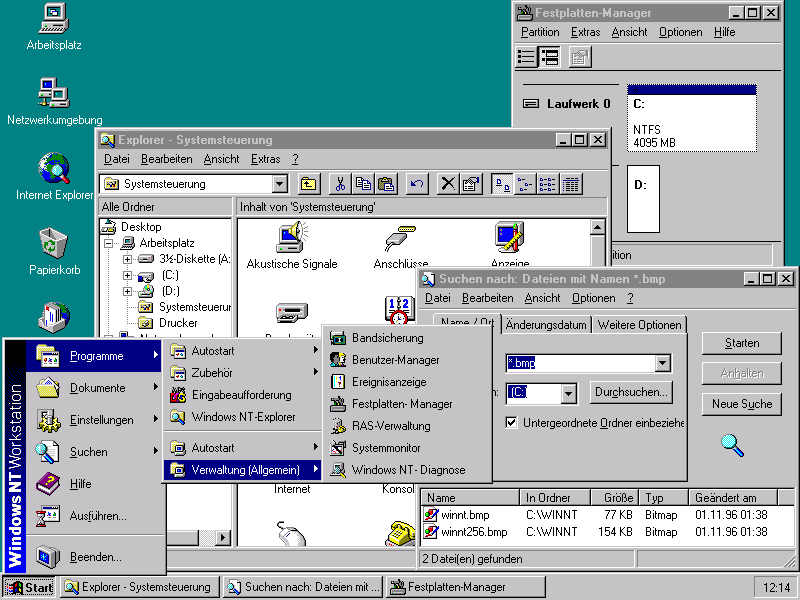
A variant of the Windows working framework. Windows NT (New Technology) was a 32-cycle working framework that upheld preplanned performing multiple tasks. There are really two variants of Windows NT: Windows NT Server, intended to go about as a server in organizations, and Windows NT Workstation for independent or customer workstations.
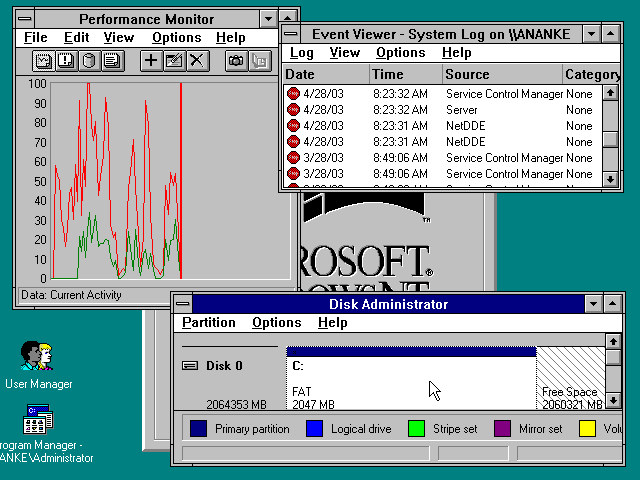
Windows 98 (June 1998)
Windows 98 upheld various new advances, including FAT32, AGP, MMX, USB, DVD, and ACPI. Its most noticeable element, however, was the Active Desktop, which coordinated the Web program (Internet Explorer) with the working framework. According to the client’s perspective, there was no contrast between getting to a report living locally on the client’s hard circle or on a Web server most of the way all over the planet.
Windows 98, the last incredible DOS-based Windows.
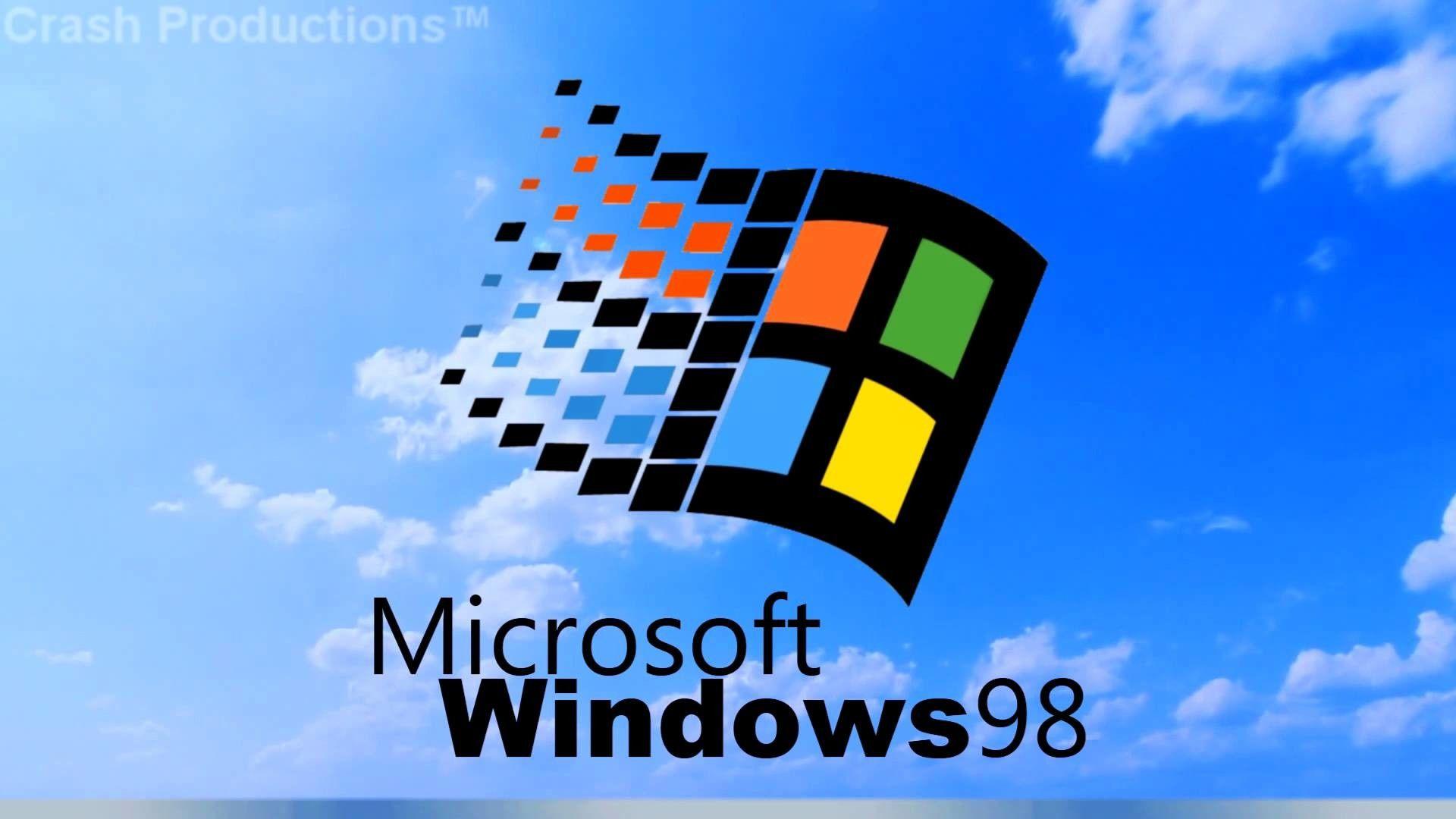
Photo: Wikipedia
Delivered in June 1998, Windows 98 based on Windows 95 and carried with it IE 4, Outlook Express, Windows Address Book, Microsoft Chat and NetShow Player, which was supplanted by Windows Media Player 6.2 in Windows 98 Second Edition in 1999.
Windows 98 presented the back and advance route buttons and the location bar in Windows Explorer, in addition to other things. Perhaps the greatest change was the presentation of the Windows Driver Model for PC parts and embellishments – one driver to help all future forms of Windows.
Notice
USB support was significantly better in Windows 98 and prompted its far reaching reception, including USB center points and USB mice.
Windows ME/ Windows ME – Millennium Edition (September 2000)

Windows ME was one to skip. Photo: Wikipedia
Thought about a depressed spot in the Windows series by many – at any rate, until they saw Windows Vista – Windows Millennium Edition was the last Windows to be founded on MS-DOS, and the toward the end in the Windows 9x line.
Delivered in September 2000, it was the buyer pointed working framework twined with Windows 2000 focused on the undertaking market. It acquainted a few significant ideas with buyers, including more computerized framework recuperation apparatuses.
IE 5.5, Windows Media Player 7 and Windows Movie Maker all showed up interestingly. Autocomplete likewise showed up in Windows Explorer, however the working framework was infamous for being buggy, neglecting to introduce appropriately and being by and large poor.
Windows 2000
Windows 2000
Windows 2000 was ME’s undertaking twin.

Photo: Wikipedia
Notice
The undertaking twin of ME, Windows 2000 was delivered in February 2000 and depended on Microsoft’s business-orientated framework Windows NT and later turned into the reason for Windows XP.
Microsoft’s programmed refreshing assumed a significant part in Windows 2000 and turned into the principal Windows to help hibernation.
Windows XP (October 2001)
Windows XP
Windows XP actually makes due right up ’til the present time.
Photo: Wikipedia
Ostensibly probably the best window variants, Windows XP was delivered in October 2001 and brought Microsoft’s endeavor line and customer line of working frameworks under one rooftop.
Notice
It depended on Windows NT like Windows 2000, however brought the purchaser amicable components from Windows ME. The Start menu and undertaking bar got a visual upgrade, bringing the recognizable green Start button, blue assignment bar and vista backdrop, alongside different shadow and other special visualizations.
ClearType, which was intended to make text simpler to peruse on LCD screens, was presented, as were underlying CD copying, autoplay from CDs and different media, in addition to different mechanized update and recuperation apparatuses, that not at all like Windows ME really worked.
Windows XP was the longest running Microsoft working framework, seeing three significant updates and backing up until April 2014 – a long time from its unique delivery date. Windows XP was as yet utilized on an expected 430m PCs when it was ended.
Its most serious issue was security: however it had a firewall inherent, it was switched off naturally. Windows XP’s tremendous notoriety ended up being a shelter for programmers and crooks, who took advantage of its imperfections, particularly in Internet Explorer, hardheartedly – driving Bill Gates to start a “Reliable Computing” drive and the ensuing issuance of to Service Pack refreshes that solidified XP against assault significantly.
Windows Vista (November 2006)
Windows Vista, apparently more terrible than Windows ME.
/cdn.vox-cdn.com/assets/3098493/windowsvista.jpg)
Photo: Microsoft
Notice
Windows XP stuck with it for near six years prior to being supplanted by Windows Vista in January 2007. Vista refreshed the look and feel of Windows with more spotlight on straightforward components, search and security. Its turn of events, under the codename “Longhorn”, was upset, with yearning components deserted to get it into creation.
It was buggy, troubled the client with many solicitations for application authorizations under “Client Account Control” – the result of the Trustworthy Computing drive which currently implied that clients needed to support or oppose endeavors by projects to roll out different improvements. The issue with UAC was that it prompted smugness, with individuals clicking “yes” to nearly anything – returning security to the pre-UAC state. It likewise ran gradually on more established PCs regardless of them being considered as “Vista Ready” – a marking that saw it sued in light of the fact that not all adaptations of Vista could run on PCs with that name.
PC gamers saw a lift from Vista’s incorporation of Microsoft’s DirectX 10 innovation.
Windows Media Player 11 and IE 7 appeared, alongside Windows Defender an enemy of spyware program. Vista additionally included discourse acknowledgment, Windows DVD Maker and Photo Gallery, just as being the main Windows to be circulated on DVD. Later a form of Windows Vista without Windows Media Player was made in light of hostile to trust examinations.
Windows 7 (October, 2009)
Windows 7
Windows 7 was all that Windows Vista ought to have been.
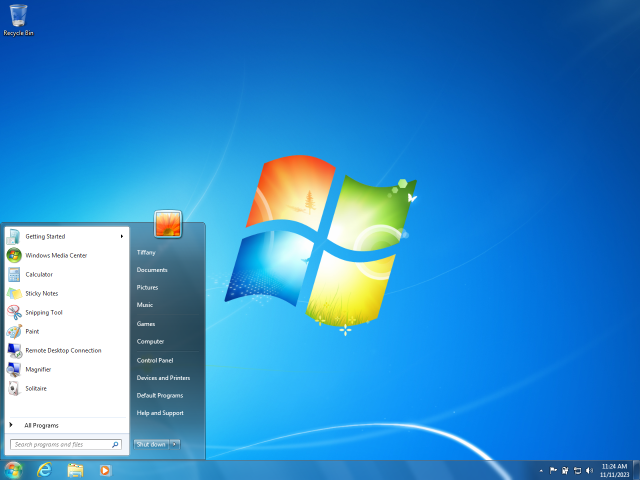
Photo: Wikipedia
Notice
Considered by numerous individuals as what Windows Vista ought to have been, Windows 7 was first delivered in October 2009. It was planned to fix every one of the issues and analysis looked by Vista, with slight changes to its appearance and a fixation on easy to use highlights and less “exchange box over-burden”.
It was quicker, more steady and more straightforward to utilize, turning into the working framework most clients and business would move up to from Windows XP, swearing off Vista completely.
Penmanship acknowledgment appeared in 7, as did the capacity to “snap” windows to the tops or sides of the screen, permitting quicker more programmed window resizing.
Windows 7 saw Microsoft hit in Europe with antitrust examinations over the pre-introducing of IE, which prompted a program polling form screen being displayed to new clients permitting them to pick, which program to introduce on first boot.
Windows 8 ( October 26, 2012)
Windows 8 on a Surface Pro tablet
Windows 8 zeroed in a bigger number of on touch than a console and mouse.
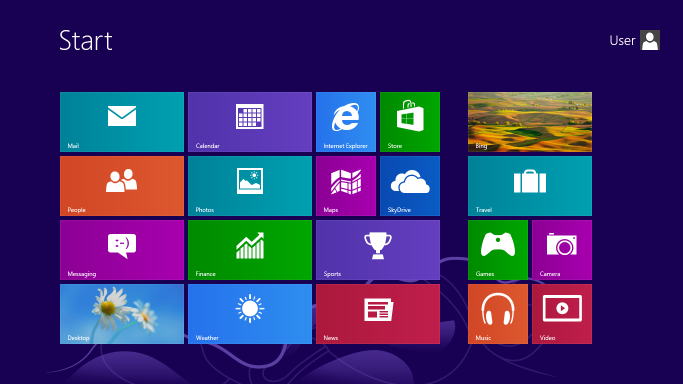
Photo: Wikipedia
Delivered in October 2012, Windows 8 was Microsoft’s most extreme update of the Windows interface, dumping the Start button and Start menu for a more touch-accommodating Start screen.
Commercial
The new tiled point of interaction saw program symbols and live tiles, which showed initially data typically connected with “gadgets”, supplant the arrangements of projects and symbols. A work area was as yet included, which took after Windows 7.
Windows 8 was quicker than past adaptations of Windows and included help for the new, a lot quicker USB 3.0 gadgets. The Windows Store, which offers all inclusive Windows applications that disagreement a full-screen mode just, was presented. Projects could in any case be introduced from outsiders like different cycles of Windows, however they could get to the conventional work area point of interaction of Windows.
The extreme update was not invited by a large number. Microsoft endeavored to step a scarce difference between touchscreen backing and work area clients, at the end of the day work area clients needing to control Windows with a conventional mouse and console and not a touchscreen felt Windows 8 was a stage back. There were likewise too couple of touchscreens being used, or on offer, to make its touch-arranged point of interaction valuable or even fundamental – in spite of the equal ascent of tablets like the iPad, and cell phones, which had started beating PCs before the finish of 2010.
Windows RT, which runs on ARM-based processors customarily found in cell phones and non-PC tablets, was presented simultaneously as Windows 8 with the Microsoft Surface tablet. It closely resembled Windows 8, yet couldn’t run customary Windows applications, rather exclusively depending on the Windows Store for outsider applications.
Windows 8.1 (July 13, 2021)
Windows 8.1 and the incredible return of the Start button.
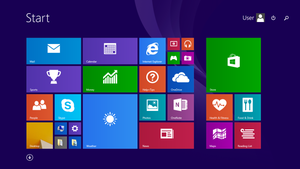
Photo: Wikipedia
Promotion
A free guide discharge toward Windows 8 presented in October 2013, Windows 8.1 denoted a shift towards yearly programming refreshes from Microsoft and remembered the initial step for Microsoft’s U-pivot its new visual connection point.
Windows 8.1 once again introduced the Start button, which raised the Start screen from the work area perspective on Windows 8.1. Clients could likewise decide to boot straightforwardly into the work area of Windows 8.1, which was more reasonable for those utilizing a personal computer with a mouse and console than the touch-centered Start screen.
Windows 10 (July 29, 2015)
 Photo: Microsoft
Photo: Microsoft
Windows 10 brings back the Start menu
Declared on 30 September 2014, Windows 10 has just been delivered as a test adaptation for sharp clients to attempt. The “specialized review” is a lot of still a work underway.
Windows 10 addresses one more advance in Microsoft’s U-turn, bringing back the Start menu and more equilibrium to customary work station clients.
A few intriguing highlights incorporate the capacity to switch between a console and mouse mode and a tablet mode, for those PCs like the Surface Pro 3 with a separable console.
Windows 10 – in spite of being the 10th adaptation of Windows – is intended to bind together all Windows stages across different gadgets, including Windows Phone and tablets, with widespread applications that can be downloaded from the Windows Store and run on all Windows gadgets.
It will not be accessible until 2015, logical after Microsoft’s Build designer meeting in April, so for the present Windows 8.1 is the most recent variant of Windows.